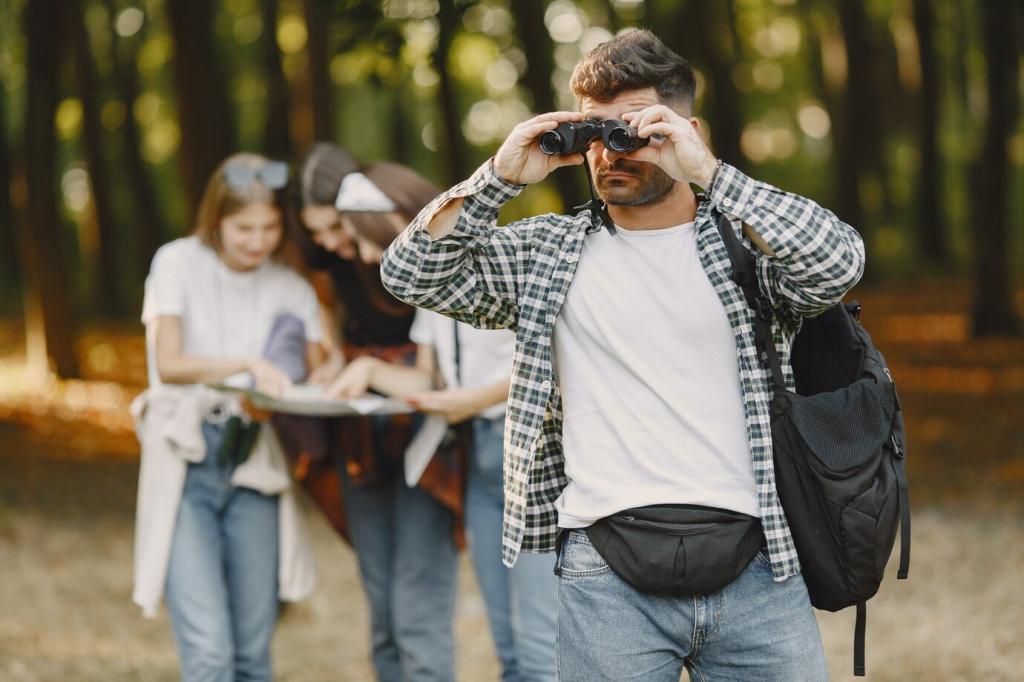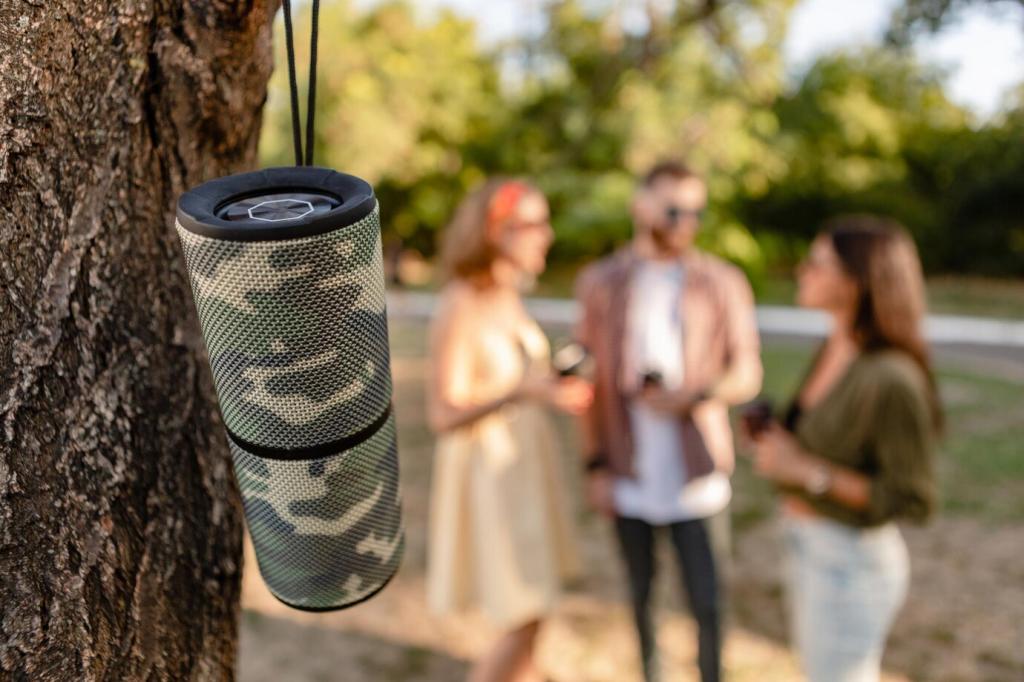Fall Hiking Gear: What to Pack — Chosen Theme
Today’s chosen theme is Fall Hiking Gear: What to Pack. Step into leaf-bright trails with a confident, well-planned kit that keeps you warm, dry, safe, and smiling through every crisp mile.
Mastering Autumn Layers
Choose a moisture-wicking base layer made from merino or technical synthetics to pull sweat away during climbs and cool pauses. Avoid cotton; it holds dampness, steals warmth, and can quickly chill you.
Mastering Autumn Layers
A light fleece or active-insulation jacket bridges chilly trailheads and sunny ridgelines. Packable pieces compress easily, letting you adjust warmth without stuffing your pack or stopping your hiking rhythm.

Boots or shoes that match the terrain
If your route is rocky and wet, mid-cut waterproof boots add stability and protection. For fast, dry trails, agile trail runners shine. Always test-fit with hiking socks before committing.
Socks that manage moisture and prevent blisters
Merino or synthetic hiking socks cushion, wick, and reduce friction compared to cotton. Consider thin liners for long climbs. Pack an extra dry pair; swapping midday can lift morale and comfort.
Gaiters and traction for variable surfaces
Low gaiters block pebbles and leaf debris, keeping feet happier longer. If early frost is possible, lightweight microspikes add security on shaded slabs where slickness frequently lingers until afternoon.

Packs, Capacity, and Smart Weight Distribution
Pick the right volume and fit
For most fall day hikes, a 18–28 liter pack balances space and simplicity. Prioritize a supportive hip belt, breathable back panel, and thoughtfully sized pockets for gloves, snacks, and maps.
Pack heavy items close to your spine
Place water, stove, and dense food near your centerline, between shoulder blades. This reduces sway, protects balance on roots, and conserves energy when steep leaf-covered switchbacks demand careful footwork.
Keep essentials within easy reach
Stash a headlamp, compact first aid kit, and windproof gloves in hip-belt or top pockets. Quick access helps you respond immediately when clouds gather or temperatures drop without warning.
Weather Readiness: Rain, Wind, and Early Dusk
Check multiple sources before departing, then observe cloud height, wind direction, and temperature dips on trail. In fall, localized showers form quickly near ridges, so hedge plans conservatively and communicate timelines.




Small Comforts That Make Big Differences
Gloves, beanie, and a spare warmth boost
A windproof beanie and dexterous gloves protect heat that vanishes quickly in breezes. Add a lightweight backup layer; I once lent mine to a friend, preventing numb-finger fumbles.
Trekking poles for slick leaves and knees
Poles stabilize steps on hidden roots and help knees during long downhills. They also test shallow puddles camouflaged by leaves, sparing you sudden soakers that chill socks and morale.
Sit pad and hand warmers for cozy breaks
A small foam pad insulates from cold logs during snack stops. Disposable or reusable warmers revive stiff fingers, making map reading easier when breezes nip at exposed knuckles.
